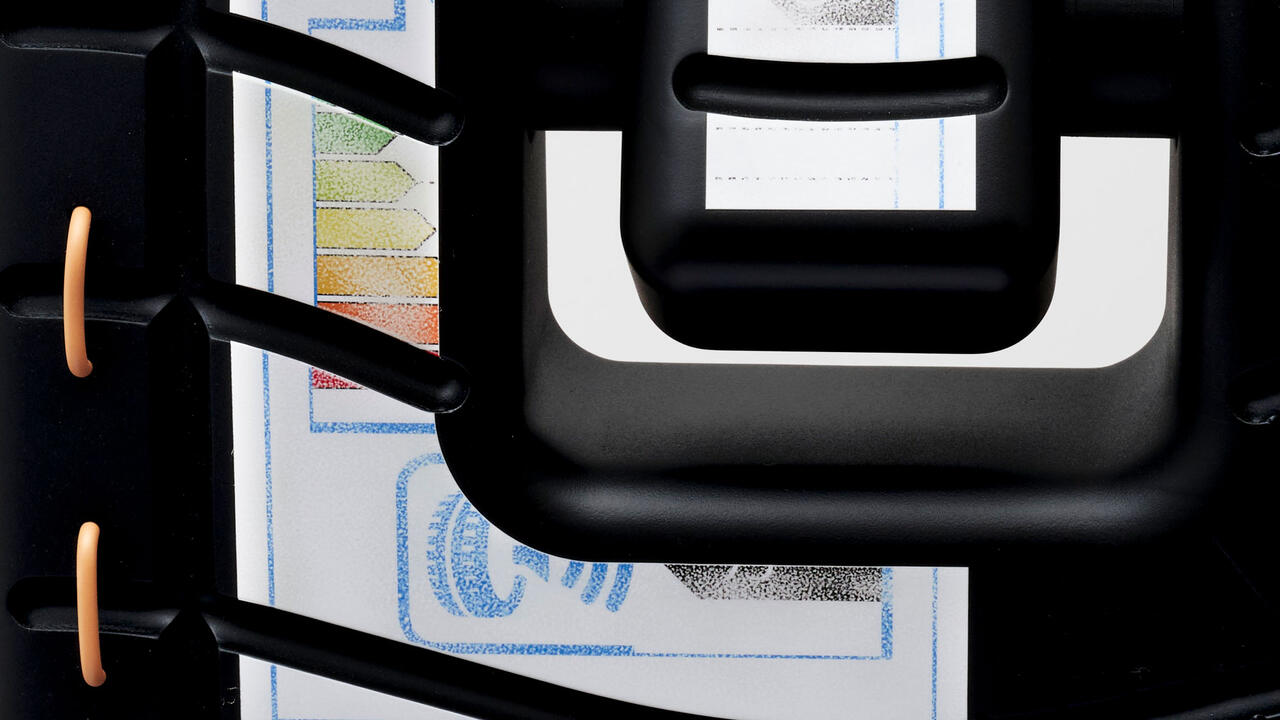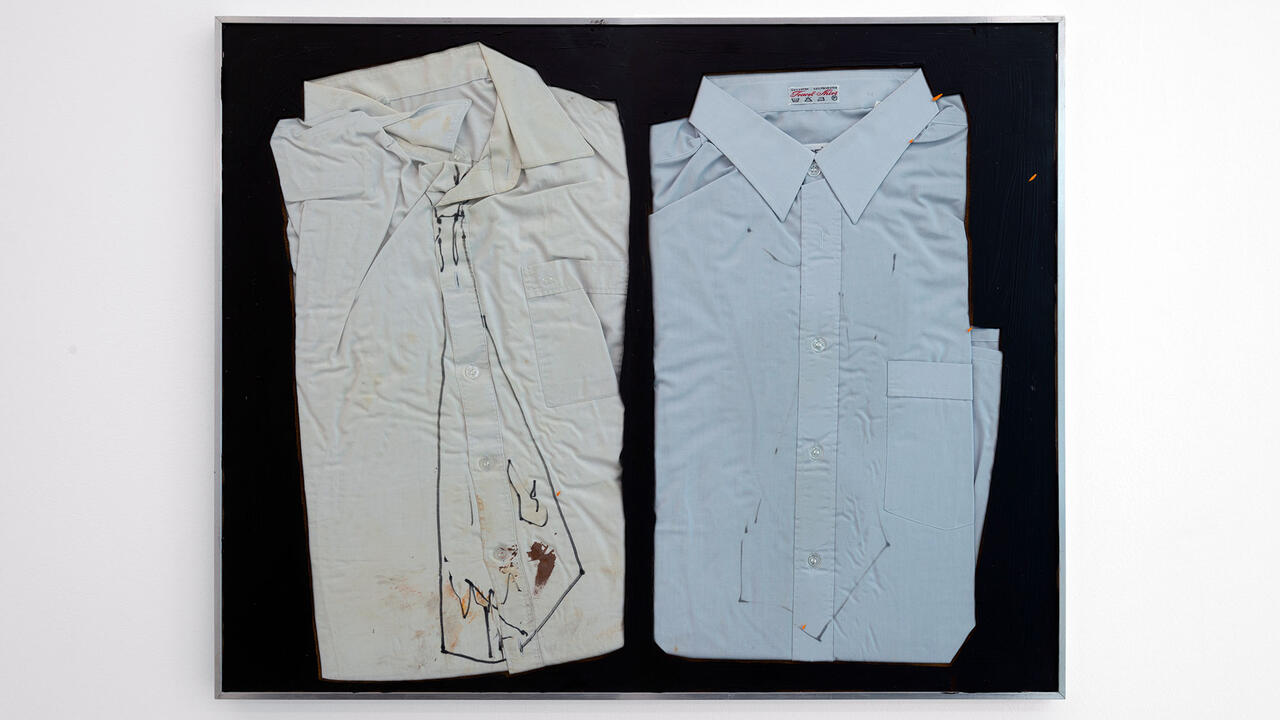Oscar Tuazon
Galerie Eva Presenhuber
Galerie Eva Presenhuber

The visionary early experiments in ecologically-driven architecture – explored, for example, by the American commune Drop City in the 1960s – have gained a fresh significance in the era of heightened awareness to climate change. The work of Oscar Tuazon, artist, writer, and co-founder of the project space Castillo/Corrales in Paris, draws on architectural and social experiments oriented towards the pursuit of simple, self-sufficient life – from DIY to survivalism. Operating at the interfaces of sculpture, architecture and design, his harsh interventions challenge the architecture of exhibition spaces while testing the breaking points of his recurring materials: concrete, wood and steel.
For the succinctly titled A Home, Tuazon appropriated the mobile insulation technique Beadwall, developed by pioneering solar and architectural designer Steve Baer in the 1970s. For this process, the gap between two panes of double-glazed windows is pumped full of polystyrene beads at night, and emptied again the following morning. Tuazon deployed this technique for six window structures: in Curtain Wall and Problem Solver (2013), motors on steel barrels pumped beads between two panes of glass; the motors now stand idle, likely defunct. Insulating the open-plan middle of a room is futile in principle, and these windows admit only partial light. In an installation that is unusually restrained for Tuazon, these dummy windows line a monumental platform made of oriented strand board, separating it from a massive plaster wall. Formally corresponding square plaster casts were hung on steel grids on the gallery walls like panel paintings. These were constructed from the surface of the window sculpture Substitute (2013), placed at the back of the room; in this case, the polystyrene circulating system was halted through the addition of plaster. The titles of panels placed on the gallery walls – such as Another False Wall (2013) – indicate their surrogate qualities. As the artist divulged in the exhibition press release, A Home is a 1:1 model of his secluded house in the woods near Seattle. The house, a two-room former storehouse, has been connected to electricity and running water in a DIY manner such that, although unfinished, it serves as a studio in summer.
As an abstract architectural model, A Home makes a potential living space out of the gallery space. In contrast to earlier interventions, which approached existing architecture confrontationally – in 2010, for example, Tuazon occupied the Kunsthalle Bern with a structure made of raw wooden beams – here it submits to the exhibition space. The housing principle in this case is open, although subverted due to the lack of walls and roof as well as to any anchoring site. The strength of A Home lies in its fluctuation between the functionality of equipment and its failure in practice, between material presence and vacancy, as well as in the fact that the walls and ceiling of the gallery fill in for the missing parts of this dysfunctional home. The work serves as a sort of counterproject to Tuazon’s previous exhibition at the gallery, Manual Labor (2012). In that exhibition he loosely followed the principle of the residential house, with a focus on its interior. His craftsmanship and ad hoc decisions during the setup of the exhibition added a significant performative level to the work. This time, however, the exhibits were conceived in the studio – like components of a prefabricated house. In contrast to the unruliness and precarious balance of Tuazon’s wedged structures and improvised constructions, this exhibition appeared somewhat domesticated.
Translated by Jane Yager














